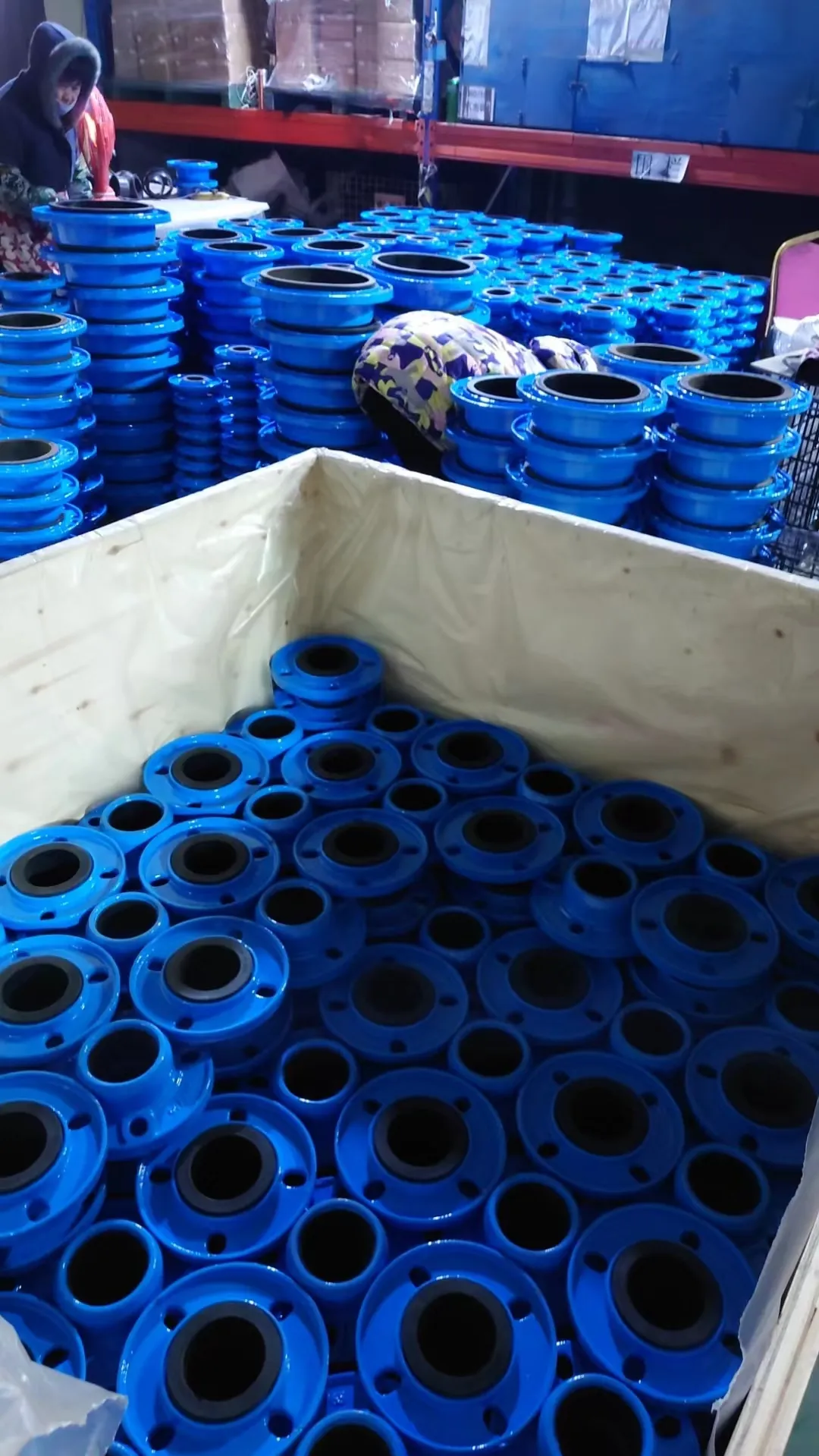gate valve price
Understanding the Prices of Gate Valves
Gate valves are essential components in various industrial applications, including oil and gas, water treatment, and chemical processing. Their primary function is to start or stop the flow of fluids, making them critical for efficient system operations. Given their importance, understanding the factors that influence gate valve prices can help businesses make informed purchasing decisions.
Material Composition
The materials used to manufacture gate valves significantly affect their price. Common materials include cast iron, stainless steel, brass, and plastic. For example, stainless steel gate valves tend to be more expensive due to their resistance to corrosion, making them suitable for harsh environments. In contrast, cast iron valves, while more affordable, may not withstand high pressures or aggressive fluids. Therefore, the choice of material directly correlates with the pricing structure.
Size and Design Specifications
Gate valves come in various sizes and designs to accommodate different applications. Larger valves, often required for industrial uses, are generally more expensive than smaller ones used in residential settings. Additionally, custom designs that cater to specific operational needs can significantly increase costs. The complexity of the design, including features like flanged or threaded ends, can also influence pricing. Buyers must assess their requirements to choose the right size and design without overspending.
gate valve price

Manufacturing Standards and Certifications
Different industries have specific standards regarding valve manufacturing. Gate valves that meet stringent international standards, like API, ASME, or ANSI, are likely to be priced higher due to the rigorous testing and quality assurance processes involved. Companies that prioritize compliance with these standards may incur additional costs, which are often passed on to the consumer. Thus, buyers should consider whether the expected lifespan and reliability of certified valves justify their higher prices.
Market Demand and Supply
The general market dynamics also play a crucial role in determining gate valve prices. In recent years, increased demand in sectors such as oil, gas, and water management has led to fluctuations in pricing. Supply chain disruptions, such as those caused by the COVID-19 pandemic, can further impact availability and costs. Buyers should stay updated on market trends and economic conditions that could affect prices.
Conclusion
In summary, multiple factors contribute to the pricing of gate valves, including material composition, size, design, manufacturing standards, and market dynamics. When making purchasing decisions, it's crucial for businesses to evaluate their specific needs against potential costs. Doing so can lead to finding the right gate valve that balances quality and cost, ensuring that operations continue smoothly without unnecessary financial strain. Understanding these elements can empower buyers, helping them navigate the complexities of the valve market more effectively.
-
The Smarter Choice for Pedestrian AreasNewsJun.30,2025
-
The Gold Standard in Round Drain CoversNewsJun.30,2025
-
The Gold Standard in Manhole Cover SystemsNewsJun.30,2025
-
Superior Drainage Solutions with Premium Gully GratesNewsJun.30,2025
-
Superior Drainage Solutions for Global InfrastructureNewsJun.30,2025
-
Square Manhole Solutions for Modern InfrastructureNewsJun.30,2025
-
Premium Manhole Covers for Modern InfrastructureNewsJun.30,2025
